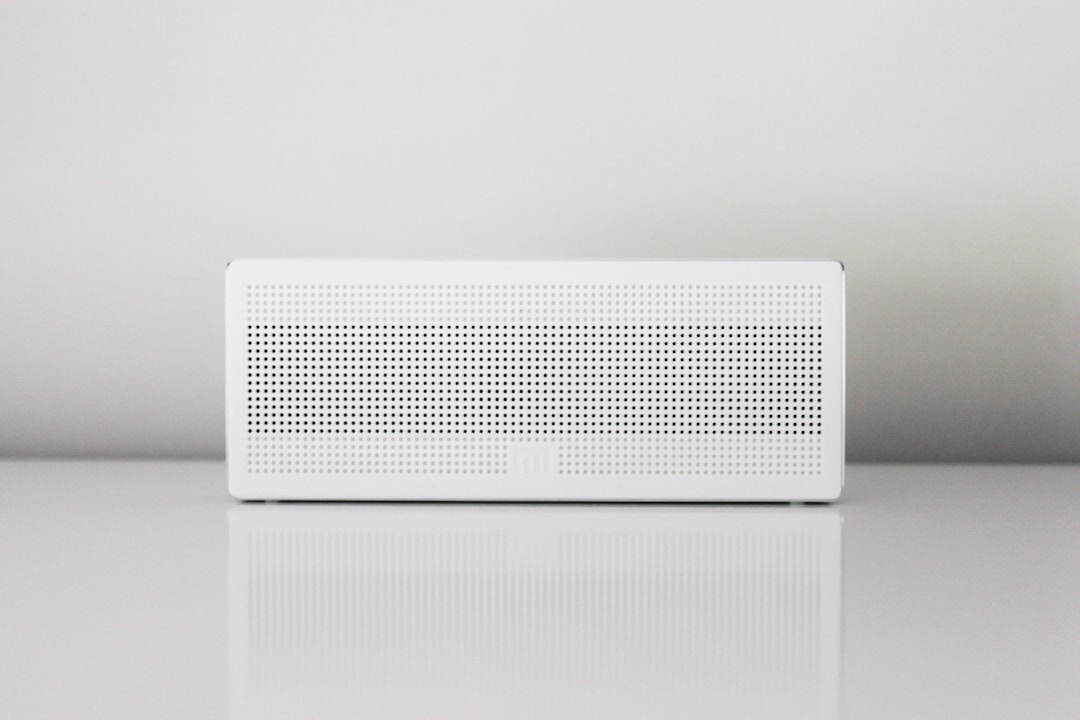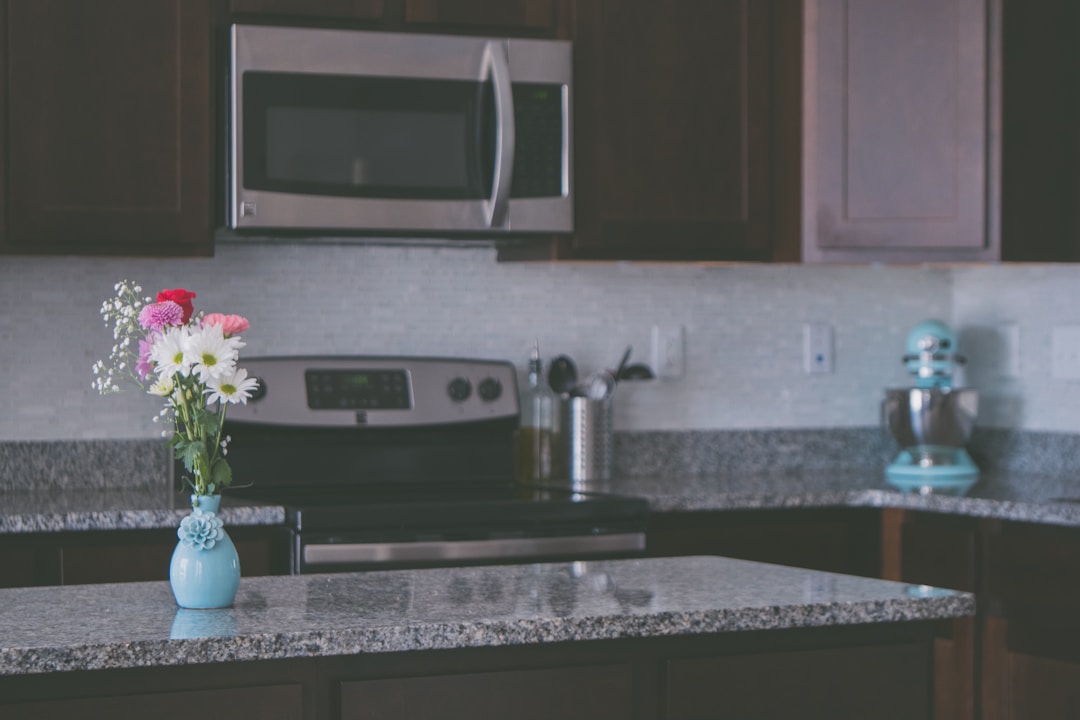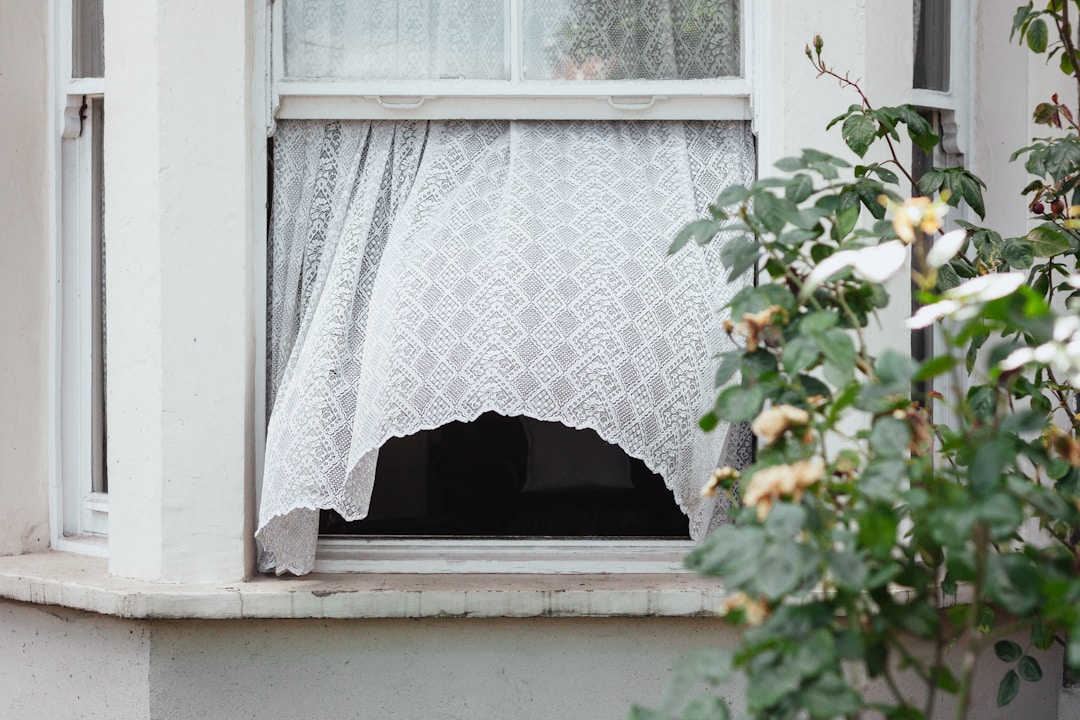The quality of the air in your home is easy to forget about but you need to make it your priority as a homeowner. Indoor air quality affects both how comfortable and how safe you are at home, especially if you have any allergies or health conditions. The presence of toxins, contaminants, and other types of air pollution can cause health problems that range from headaches and nausea to serious and lifelong conditions like lung cancer. Luckily, there are plenty of adjustments and improvements you can make that will help to improve your indoor air quality. If you’re ready to make some positive changes around the house, read on to learn five simple tips for purifying your indoor air.
1. Change the filter of your HVAC system.

Your HVAC system needs a filter change every 90 days, at most. The system also requires a yearly inspection. If your HVAC isn’t operating at peak efficiency, you’re likely to see a reduction in performance, which can create an uncomfortable and unsafe situation for you and your family. Your energy bills will also start to increase if your HVAC system has to use more energy to regulate the temperature inside your home. If your HVAC is struggling to keep up and is over 10 years of age, it may be time to consider replacing the system entirely.
2. Use UV light.

A UV light for air purification can reduce the number of germs and pathogens in the air significantly. UV-C lights can be installed in several different ways, though most commonly tripods and stand-alone units can be placed on the floor or anywhere with a flat surface in your home. You can also install an air purifier that will cover your entire home and that includes a UV-C light in the air handler or ducts, which is ideal for anyone looking for a whole-house solution. Given the ongoing threat of COVID-19, it’s a smart precaution to take.
3. Test for radon.

Radon is a gas that remains the second leading cause of lung cancer in the United States. It comes from the radioactive decay of uranium in soil, and it can seep up into your home through cracks in the ground and in the foundation of your house. Both new and older homes are vulnerable to high levels of radon, and there is also some evidence that granite countertops contain some radon as well. The amount of radon in countertops is unlikely to reach unsafe levels, but testing your home is quick and inexpensive.
4. Keep your home smoke-free.

Given all the health hazards caused by even the presence of secondhand smoke, maintaining a smoke-free home is essential if you care about the quality of your indoor air. Secondhand smoke increases your risk for everything from asthma to breathing problems, heart attacks, strokes, and even cancer. If guests want to smoke in your home, it’s a better idea to tell them to take it outside if they have any interest in keeping the air in your home breathable, healthy, and clean.
5. Let fresh air in.

It may seem obvious, but many homeowners don’t let enough fresh air into their homes. Opening your windows for a few hours is a great way to let out any toxic chemicals that may be building up indoors. While allergy-sufferers may be worried about pollen, a high-quality filtered air conditioning system can typically keep indoor allergens manageable, even with the windows open for a little while.
Simple home maintenance can play a big part in keeping the environment indoors safe, especially when it comes to your HVAC system. Without being regularly inspected and having the filter changed, it won’t operate at peak efficiency or keep out harmful pollutants. Other solutions, like UV lights and radon testing, are easily accessible for anyone interested in taking further steps to improve their indoor air quality. Given the affordability of these types of upgrades and the fact that the health-related consequences of breathing in polluted air can be severe, there’s no reason not to make improvements in your home. Investing in maintaining the purity of the air in your home will pay dividends when it comes to your health and comfort for years to come.


